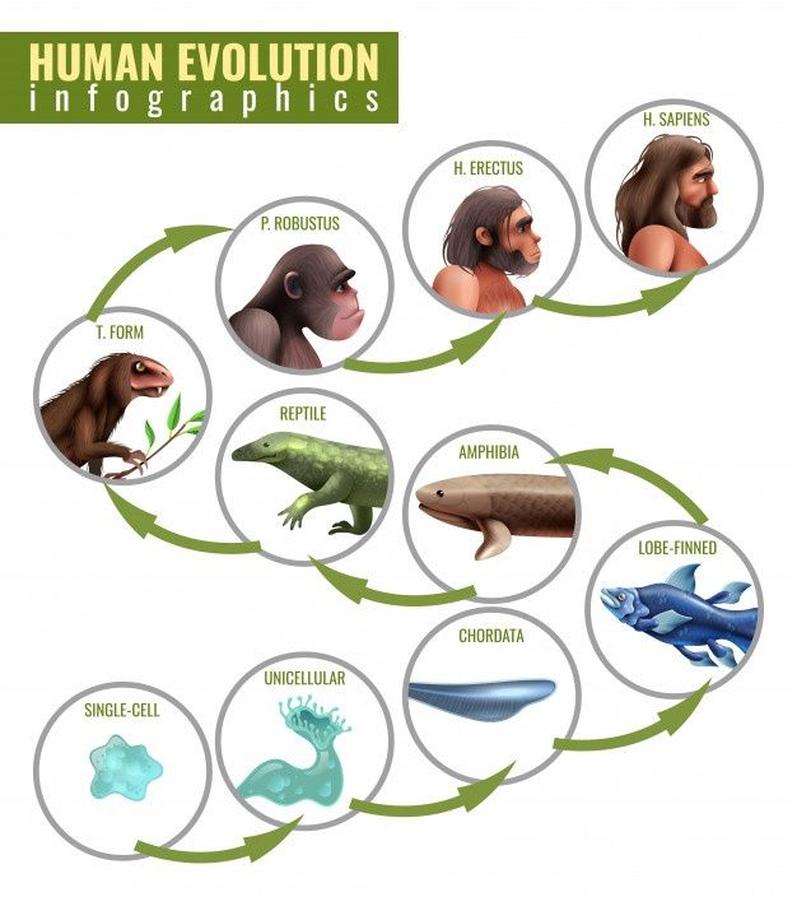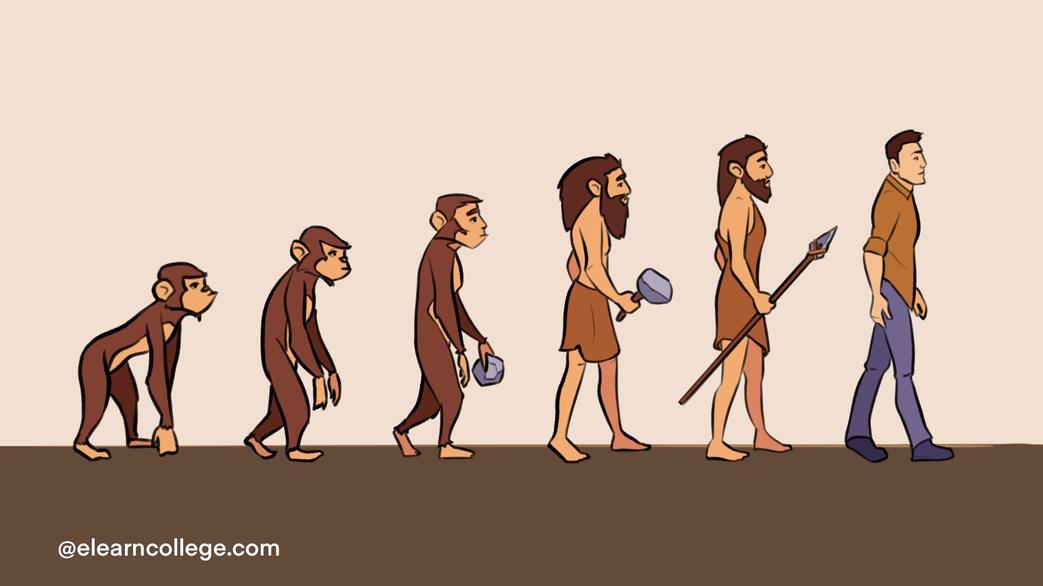The iconic T-shaped cross became a central symbol of Christianity not because it mirrors a single, standard Roman crucifixion device, but due to a complex evolution of cultural borrowing, symbolic adaptation, and the fluid usage of various cross shapes both before and during early Christian history.
![]()
Roman crucifixion methods lacked uniformity or a fixed shape for the cross. The Romans employed multiple terms and structures for execution, without a clear standard. The term “crux,” for instance, referred generally to a wooden structure used for hanging, but described diverse forms including simple poles or more elaborate crosses.
Words like patibulum, furca, stipes, and others appear in sources, yet they signify different parts or types of devices rather than a strict design. The patibulum was a beam that could be placed across a main vertical post or used independently. This ambiguity means the historical “cross” might have been T-shaped, X-shaped, a simple stake, or other configurations.

Instances of crucifixion methods also varied widely, involving suspending victims by different means. Some involved impaling or even attaching people to tree branches by various body parts. This range complicates any assumption that one particular cross shape, such as the X or T, dominated Roman practice.
In early Christian symbolism, the cross as we know it did not take immediate prominence. Initial Christian communities favored other symbols like the fish (Ichthys), which carried less direct association with Roman execution and more with secret identification.

Multiple cross shapes pre-existed Christianity in diverse cultures. The Egyptian ankh—a cross with a circular loop at the top—held religious meaning before Christian times. The Greek letter Tau, shaped like the letter T, was another symbol with ancient roots, appearing in Egyptian and Jewish contexts.
The Tau cross (T-shaped) thus entered Christian symbolism possibly through cultural diffusion and reinterpretation. Early Christians, especially Coptic Christians in Egypt, preserved the ankh, adapting it into their iconography linked to eternal life. Similarly, the Tau cross’s form likely became adopted for its recognizability and symbolic resonance, rather than as a literal representation of the Roman execution device.

This symbolic borrowing and adaptation reflect how early Christian iconography did not develop in isolation. It emerged amid overlapping cultural influences, including Roman, Egyptian, Jewish, and Hellenistic traditions.
The rise of the T-shaped cross as the central Christian symbol evolved over centuries. It solidified especially after Christianity became the Roman Empire’s dominant religion, reinforcing its distinct identity. The precise reasons why this shape prevailed among many possible variations remain partly speculative.
Given the diverse forms of Roman crucifixion apparatuses, early Christians likely chose the T-shaped cross for reasons beyond historical accuracy of the execution method. It offered a simple, recognizable shape conducive to symbolism, ritual, and visual communication.
Entwined with theological meanings—the cross symbolized Jesus Christ’s death and resurrection, redemption, and victory over sin—the T cross became a powerful emblem. This spiritual significance eventually overshadowed the details of the historical crucifixion techniques.
Attempts to retrace the exact historical process behind this adoption sometimes lead to speculative or conspiratorial narratives. Scholarly consensus accepts that multiple factors contributed, but no definitive explanation exists. The evolution was gradual, layered, and influenced by intercultural exchange.
| Aspect | Explanation |
|---|---|
| Roman Crucifixion Devices | Various forms; no single standard cross shape; terms ambiguous |
| Early Christian Symbolism | Initially non-cross symbols like fish; cross symbol adopted later |
| Pre-Christian Cross Forms | Egyptian ankh, Greek Tau, and others with prior religious meanings |
| Adoption of T-Shaped Cross | Likely through cultural borrowing; symbolically resonant and visually simple |
| Symbolic Importance | Represents Christ’s sacrifice and redemption more than historical detail |
Understanding the T-shaped cross requires viewing it as part of a symbolic and cultural evolution rather than a direct historical replication of Roman crucifixion practices.
- Roman crucifixion involved diverse methods, not one fixed cross shape.
- Early Christians initially used other symbols before emphasizing the cross.
- Pre-existing cultural cross shapes influenced Christian iconography.
- The T-shaped cross’s adoption is tied to symbolic meaning and cultural exchange.
- Its iconic status is linked to religious significance, not strict historical accuracy.
If the Romans used X shaped crosses for crucifixions, how did the T shaped cross become such an iconic symbol of Christianity?
Despite the Romans employing varied crucifixion methods—including X-shaped crosses—the iconic T-shaped cross became Christianity’s symbol largely through cultural borrowing and symbolic evolution rather than direct replication of Roman crucifixion devices. Curious how that happened? Let’s peel back the layers.
First, let’s clear the fog surrounding Roman crucifixion itself. Modern myths often picture one cross shape—straight, T or X—but the Romans were anything but standard. Their approach to crucifixion was messy and undefined. They didn’t hand out “How to Crucify 101” manuals. Instead, ancient texts reveal a vague, inconsistent use of terms and methods.
Roman Crucifixion: A Grab Bag of Torture Devices
Roman literature mentions a smorgasbord of terms like crux, patibulum, furca, and stipes, but lacks clear definitions. The word crux could just mean hanging something, even vines! “Crucifixion” wasn’t firmly tied to a single device or shape. Sometimes victims hung on a crossbeam; other times a single pole sufficed. Worse, torture extended to impalements and other gruesome methods unrelated to crosses.
Historians piece together that the patibulum was a crossbar, maybe slung over a vertical pole or tree—no guaranteed “X,” “T,” or “†” shape. The hanging victim’s arms might be fixed in various ways, making it improbable that every execution involved a neat, uniform cross shape.
Early Christianity’s Symbolism: Fish Over Crosses
It gets more interesting when you examine early Christian symbolism. Contrary to popular thought, the cross wasn’t their first logo. Early Christians preferred the fish—a secret symbol communicating faith in a hostile Roman world. The cross as a symbol was absent or at least minimal in those early days.
So why did the T-shaped cross rise to prominence? Well, crosses and crucifixion devices existed before Christianity, in multiple cultures. Some were X-shaped; others L-shaped, T-shaped, or had circles atop like the Egyptian ankh.
Borrowing Symbols and Adding New Meaning
Cultural borrowing is nothing new, and religions often adapt and repurpose symbols to new ends. The Egyptian ankh—a cross with a loop—found a place in Coptic Christian art. The Tau cross, shaped like a capital T, also predated Christianity and was adopted for its symbolic and visual simplicity.
Think of the Tau cross as a “T” you might doodle on a napkin—simple, recognizable, and versatile. Its theological appeal lies partly in its connections to the Old Testament and the shape’s symbolic resemblance to a “sign of salvation.”
How the T-Shaped Cross Became Iconic
The exact path of the T-shaped cross’s rise is murky. No ancient historian said, “This is the cross Christians should adopt.” Instead, the adoption likely happened gradually through cultural mingling and reinterpretation. Visual symbols in art, architecture, and liturgy incorporated the T-cross, cementing its status.
Early Christians may have started using the Tau as a discreet sign of faith before the cross became ubiquitous. Over time, as Christianity gained followers and official status, the T-shaped cross overshadowed other variants, becoming the universal icon. It was also practical—easy to carve, draw, and replicate.
Roman Usage vs. Christian Symbolism: Two Different Worlds
Remember, the Romans didn’t design crosses for Christian theology. Their usage of X-shaped or other crosses was about execution, not a religious symbol. Christianity re-contextualized the cross as a symbol of sacrifice, redemption, and salvation.
The disconnect between the variety of Roman crosses and the uniform Christian T-shaped cross reveals something fascinating about symbols—they transform, adapt, and gain new meanings as cultures evolve.
Why No Definitive Answer? Welcome to the Mystery
Historians don’t have a full explanation. The process wasn’t straightforward, and records from ancient times are fragmentary. Some theories veer into conspiracy territory. But the heart of it is this: symbols are fluid.
Much like languages borrow words, religions borrow symbols. The cross likely started as one among many crucifixion tools the Romans used. Then, early believers, blending influences and practicalities, picked the simple T shape and imbued it with new, deeply spiritual meaning.
What Can We Learn?
- Understand that: Religious symbols aren’t necessarily literal reflections of historical objects or events but often results of cultural adaptation
- Recognize the importance of context when interpreting symbols; a torture device turns into a symbol of hope through faith and usage
- Realize that symbolic evolution is continuous—what’s iconic today might have been obscure yesterday
So next time you see a cross, remember it’s not just a relic of Roman cruelty but a symbol shaped by centuries of reinterpretation, cultural blending, and spiritual significance.
It’s like the ultimate remix—a T-cross remix from an ancient Roman playlist full of many strange tracks.


